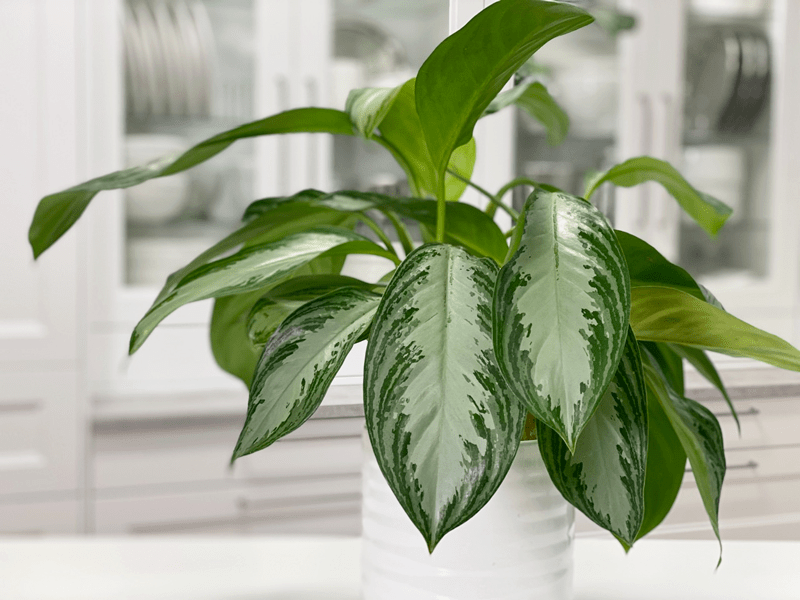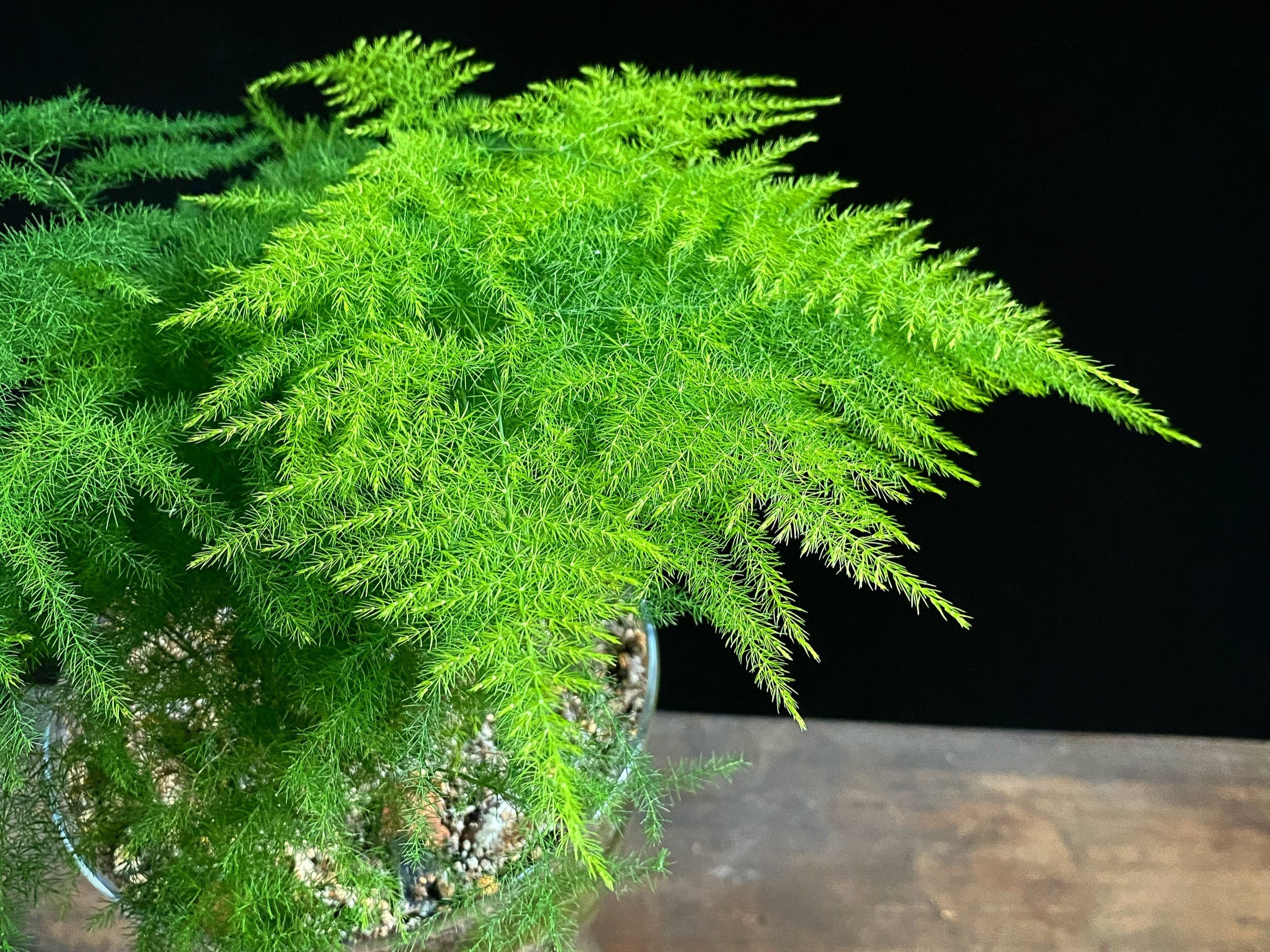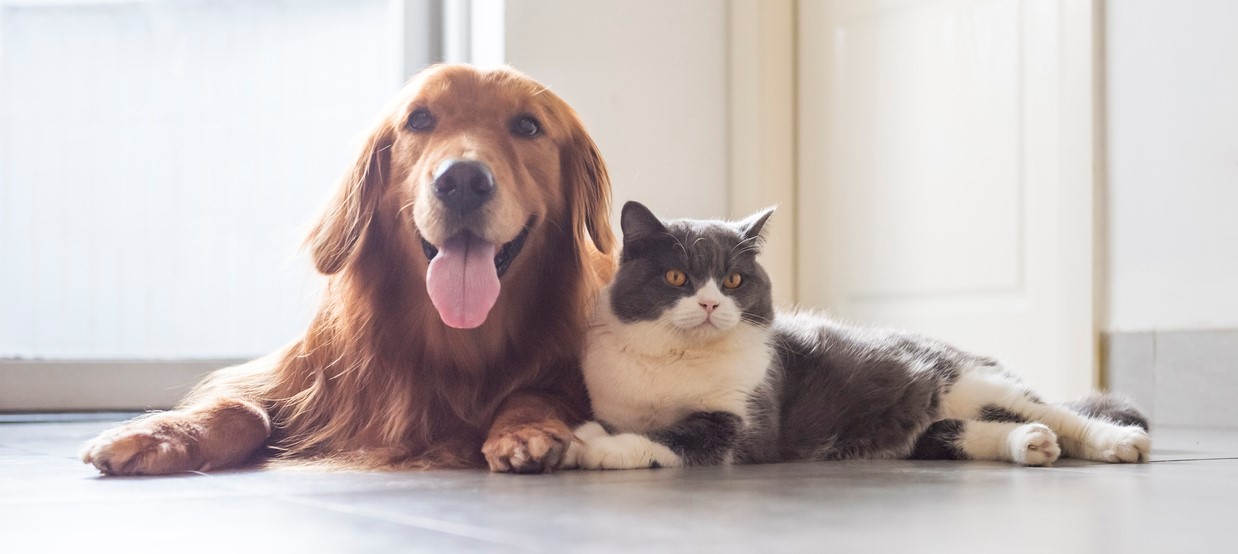Plants can help detoxify indoor air, but if you have four-legged family members, you might want to avoid these particular houseplants.
Although indoor plants do a great job at purifying the air in your home and livening up a room, if you have pets at home they could potentially do more harm than good. There are an astounding number of plants, both indoor and outdoor varieties, that are poisonous to your pets.
Although some are more harmful than others, it pays to be aware and keep your home and garden pet-friendly by either keeping these toxic plants out of your home and opting for pet-friendly indoor plants, or simply keeping them out of your pets’ reach.
PLANTS THAT ARE TOXIC TO PETS
1. ALOE VERA
Great for sunburn, not so great for cats or dogs. Aloe vera plants contain anthraquinone glycosides which are purgatives and when ingested, they can result in vomiting and diarrhoea.
2. DEVIL’S IVY / MONEY PLANT
If you want to keep this popular trailing plant in your home, hang it up high out of reach from your pets. Signs of ingestion can be noticeable immediately and include pawing at face, foaming from the mouth, and vomiting. Moderate to severe swelling in the mouth may also occur, making it difficult to breathe or swallow.

3. CHINESE EVERGREEN
Signs of ingestion of this toxic plant can be noticeable immediately and also include pawing at the face, foaming, and vomiting. Make sure to keep watch of their face, as severe swelling in the mouth may occur, meaning they may struggle to breath and swallow.

4. TOMATO PLANT
If you’re growing tomatoes in your vegetable garden, be sure to keep your pets away from the plants. The ripened fruit is considered okay, but the green parts of the plant contain solanine, which is toxic to dogs and cats. A large amount needs to be ingested to result in serious poisoning, thankfully.
5. CHIVES
Just like tomatoes, this edible plant is fine for humans, but not so much for cats and dogs. Chives are part of the Allium family (onion, garlic, leeks) which are all toxic to cats and dogs as onion and garlic poisoning results in damage to the red blood cells.
6. CHRYSANTHEMUM
Pyrethrins, which are used in pesticides and dog flea and tick medications, are extracted from this plant. Let that be reason enough to keep it away from them!
/dracaena-overview-care-1902754-7-d252ea76c5074e5fa5ebc2c3b1813ede.jpg)
7. DRACAENA
Also known as the Dragon tree, this will cause drooling, vomiting, weakness, and dilated pupils in cats when ingested by these furry friends.
8. ASPARAGUS FERN

Plants that are considered ‘true ferns’ – Boston, maidenhair, bird’s nest, and staghorn – although not recommended for ingestion, are considered non-toxic for pets. Asparagus fern, however, is absolutely toxic, so keep your pets away or get rid of it.
9. MOTHER-IN-LAW’S TONGUE
You’d think pets would keep away from this scary-looking houseplant but, you just never know. Also referred to as Sansevieria, when ingested by pets, it can result in gastrointestinal ailments like drooling, vomiting, and diarrhoea.
10. PEACE LILY
This plant brings anything but peace to your pets. Instead it will bring on vomiting, oral pain, drooling, and a loss of appetite. Other dangerous types of lilies include Easter, day, Asiatic, Japanese show, and Tiger lilies.

11. RUBBER TREE PLANT
Compounds such as psoralen, or ficusin, found in the sap of the rubber tree and weeping fig tree (Ficus benjamina) can attack the DNA in cells. All parts of the rubber tree and weeping fig tree are poisonous to pets if ingested.
12. HYDRANGEA
Although animals are unlikely to have a nibble on this popular garden plant, it pays to keep it out of the garden if you’re worried. This shrub contains cyanogenic glycosides in its leaves and flowers. When ingested by pets, this can cause vomiting, diarrhoea, and severe lethargy.
13. CYCLAMEN
/mini-cyclamen-cyclamen-persicum-guide-5199380-hero-52715c4d28384bd8961971bae2ea24fe.jpg)
Don’t be fooled by their vibrant flowers! Cyclamen contains when any part of the plant (especially the tubers or roots) are chewed or ingested by dogs and cats, it can result in clinical signs of drooling, vomiting, and diarrhoea.
Source: Homes to Love AU
"ExpatGo welcomes and encourages comments, input, and divergent opinions. However, we kindly request that you use suitable language in your comments, and refrain from any sort of personal attack, hate speech, or disparaging rhetoric. Comments not in line with this are subject to removal from the site. "























